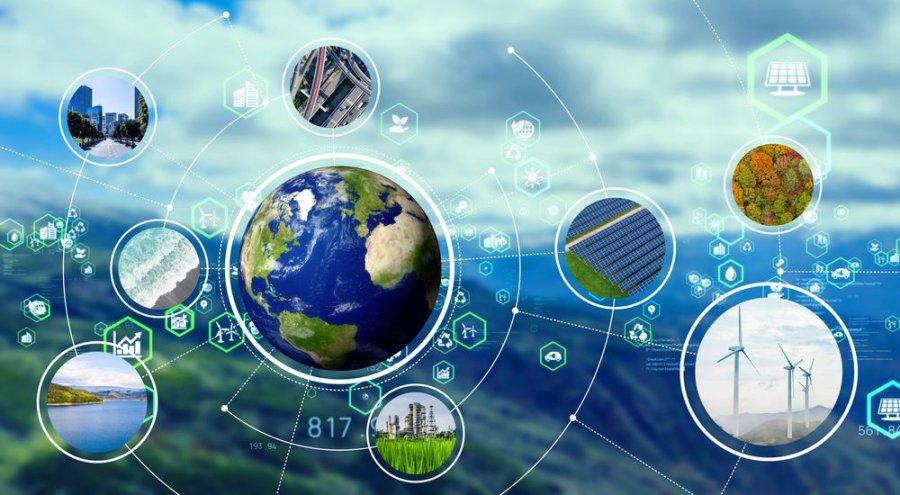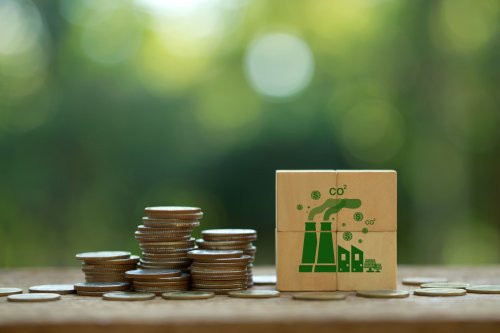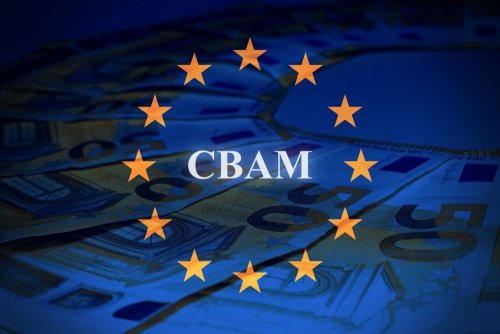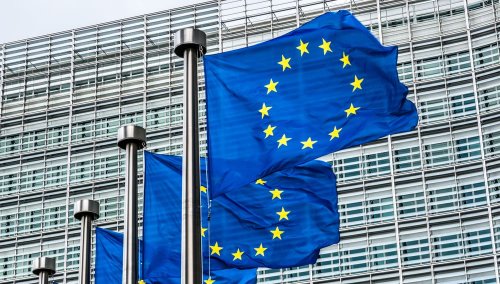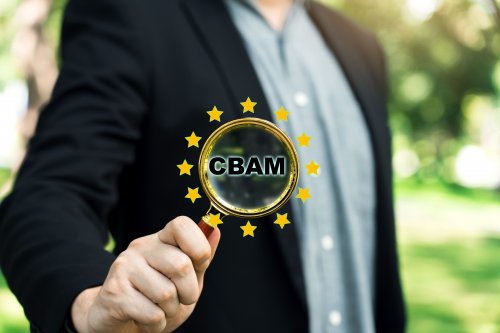The EU has moved closer to its 2030 climate targets thanks to changes to the bloc's Emissions Trading System (EU ETS) as well as the carbon border adjustment mechanism (CBAM).
Illuminem reports on the biggest update of EU emissions trading rules by the end of the decade.
The authors emphasized that a significant part of the EU's climate ambitions depends on the EU ETS.
EU ETS I
Currently, the existing EU ETS covers approximately 40% of the bloc's emissions, particularly from the energy sector, industrial installations and aviation.
The material said that the system will be extended to sea transport with a gross capacity of 5,000 and more. The sector will have to phase out emission allowances (EUAs) to increase its share of emissions: 40% in 2024, 70% in 2025 and 100% in 2026. Inclusion of smaller ships and non-CO2 emissions such as methane and N2O are likely to start from 2026.
The authors highlighted that the overall ambition to reduce emissions by 2030 compared to 2005 has increased to 62%, which would reduce CO2 emissions by approximately 23 million tonnes.
"Although the target is politically ambitious, it still falls short of the necessary reductions in the EU to limit global warming to 1.5°C even without fair share considerations," they stressed.
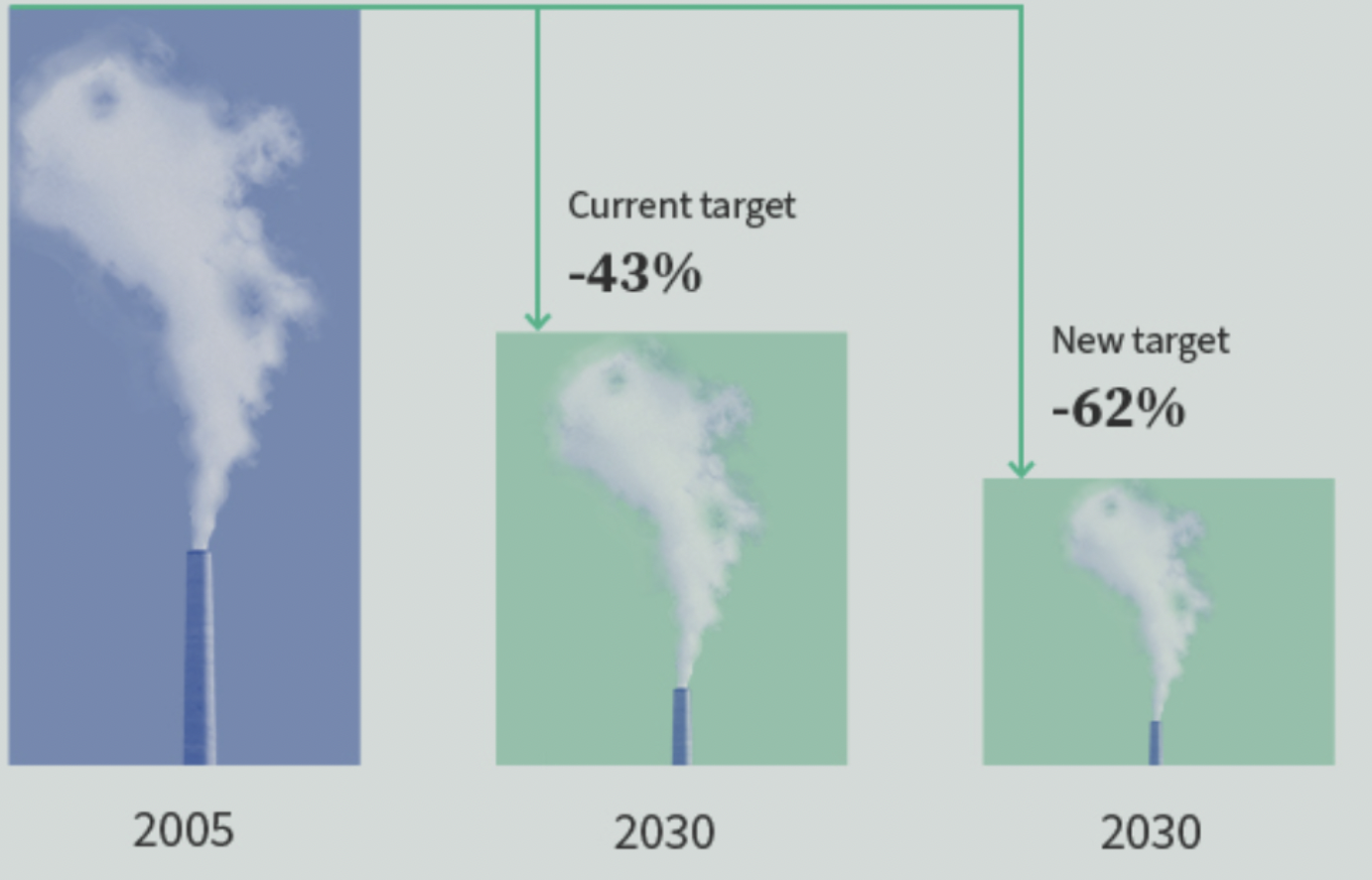
Emission reduction targets according to EU ETS I
In order to achieve the 62% reduction in emissions, lawmakers agreed to change the emissions base: 90 million EUAs will be phased out in 2024 and another 27 million EUAs in 2026, it said. In addition, the emission limit will decrease by 4.3% each year from 2024 to 2027. This will significantly limit EUA supply, and rising prices will drive decarbonisation, especially in industrial sectors.
Fundamental changes for the industrial sector
The authors said that most industries are currently still eligible for free allowances. However, starting in 2026, the benchmark system will be updated and the basis of free quotas will not be the production process, but products. This will facilitate comparisons between industries.
In addition, industry will have to conduct energy audits and implement appropriate decarbonization measures. Otherwise, the volume of free quotas will decrease by 20%. Also, industrial facilities that are in the worst 20% of carbon intensity in the same sector must develop and implement decarbonization plans, or their free allowances will be reduced by 20%.
"However, the biggest change will be the gradual abandonment of free distribution for industrial players as such," they emphasized.
The material noted that from 2026, the number of free allowances provided to industry will be gradually reduced until 2034, when industry will have to purchase all the necessary allowances through an auction mechanism or on the market.
"The phasing out of free quotas is closely related to the implementation of CBAM," the authors noted.

Share of free EUA quotas
CBAM
The authors emphasized that CBAM should create a level playing field for industry in the EU and beyond. Manufacturers will pay the same price for carbon emissions for all products on the European market. In addition, CBAM can raise the climate ambitions of other countries.
CBAM will initially cover metallurgy, cement, fertilizers, aluminium, electricity, hydrogen, certain precursors and other processing products such as screws and bolts, it said. The European Commission will also assess the inclusion of other products with risks of carbon leakage, in particular organic chemicals and polymers, in the CBAM from 2030. It is likely that importers will have to pay for indirect emissions at production facilities as well.
"From October 2023, importers in the covered sectors must be ready for their monitoring, reporting and verification (MRV) obligations, which start 3 years before the pricing mechanism," the authors emphasized.

CBAM implementation schedule
Earlier, EcoPolitic wrote, that the (CBAM) can slow global decarbonization, rather than stimulating it.
As EcoPolitic previously reported, the EU is planning expand the emissions trading scheme carbon on the heating and transport sector.

